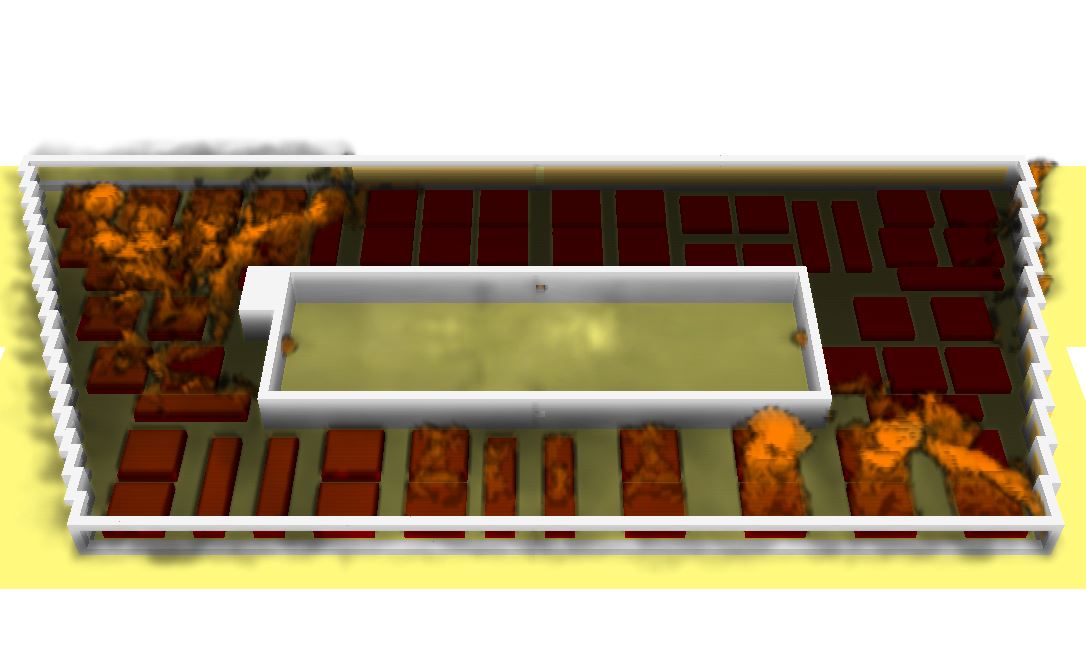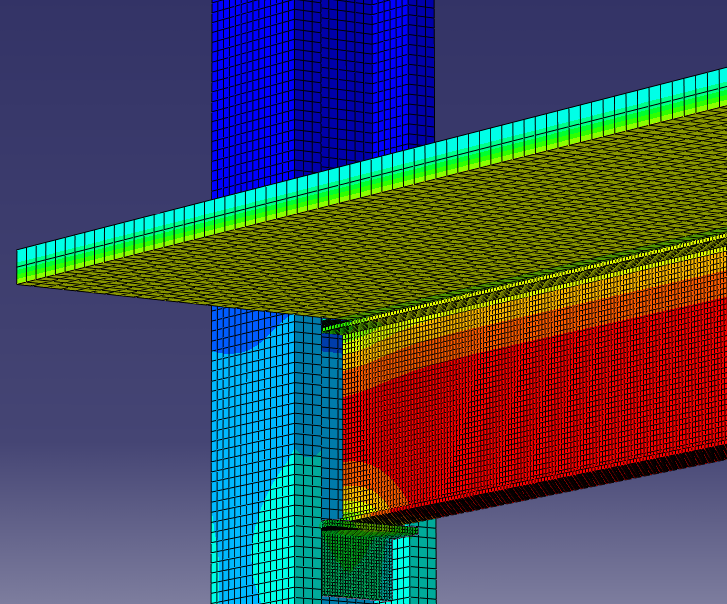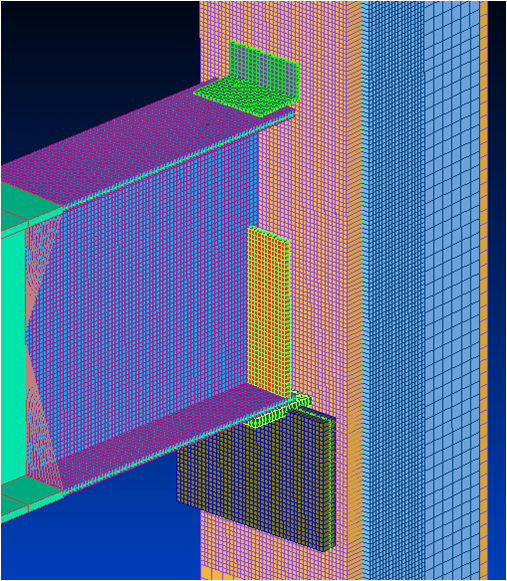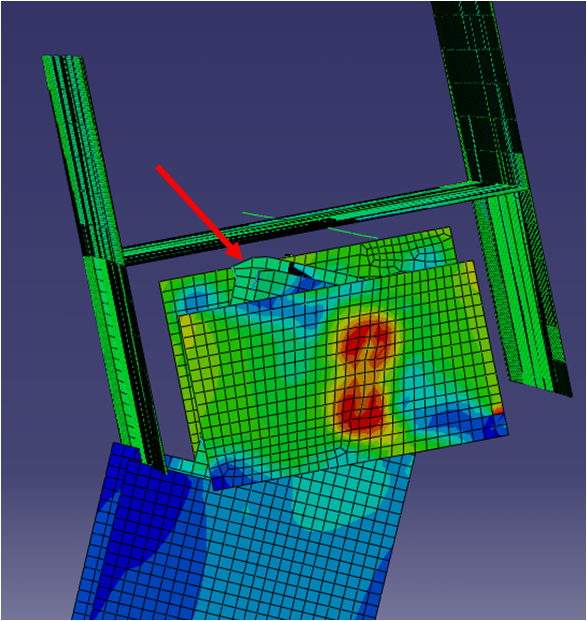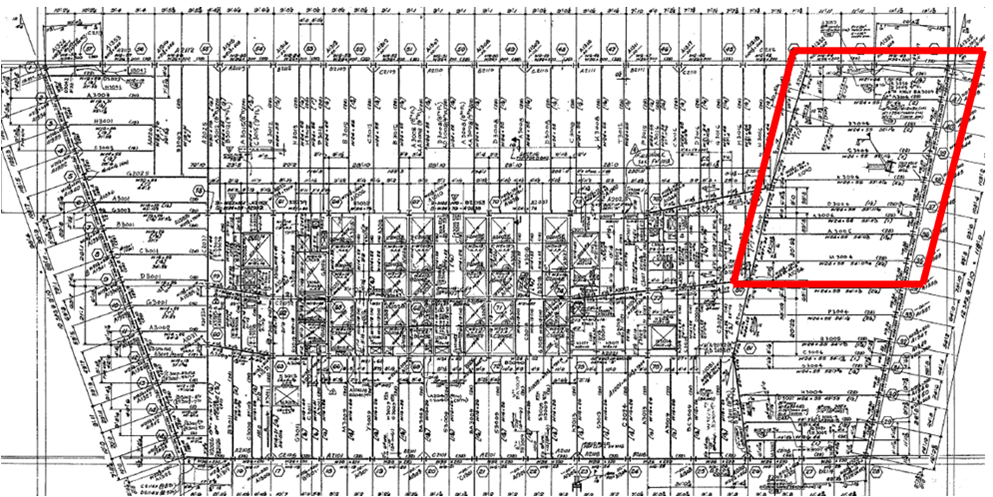New York, NY
7 World Trade Center
Scope/Solutions
Falling debris from the collapse of the World Trade Center towers (WTC 1 and 2) damaged the building at 7 World Trade Center (WTC 7) and ignited fires. After several hours of fire exposure, WTC 7 also collapsed. SGH analyzed the fire environment in WTC 7 and the building’s thermal and structural response.
The primary objective of our computer modeling was to determine the steel temperature distribution and structural response of WTC 7’s northeastern section due to the fires that burned within the building.
Highlights of our computer modeling include the following:
- Modeled WTC 7’s northeast structural system, representing Floors 8 to 45
- Developed fire dynamics models to determine the heating environments, thermal models to determine the heat transfer to the structure, and structural models to determine the structural response
- Accounted for temperature-dependent properties of the structural members and connections, including thermal expansion, stiffness and strength degradation, and the failure modes of various connections
Project Summary
Solutions
Failure Investigation
Services
Structures | Advanced Analysis | Performance & Code Consulting
Markets
Commercial
Client(s)
Clifford Law Offices
Specialized Capabilities
Computational Mechanics | Fire Life Safety & Accessibility
Additional Projects
Northeast
Verizon Building
The project architect recommended replacing the deteriorated limestone facade with precast concrete that would maintain the appearance of the building and SGH designed the supports for the new panels.
Northeast
John Hancock Tower
The sixty-story John Hancock Tower was still under construction in 1972 when many of the reflective glass units began to fracture. SGH investigated the glass breakage.
